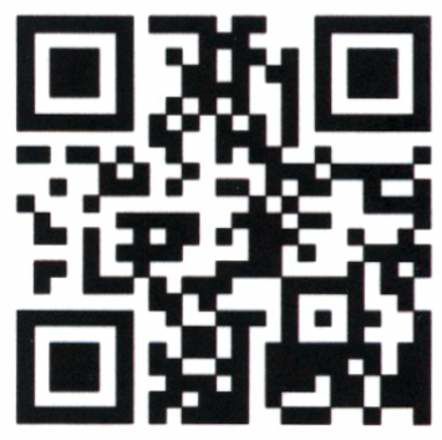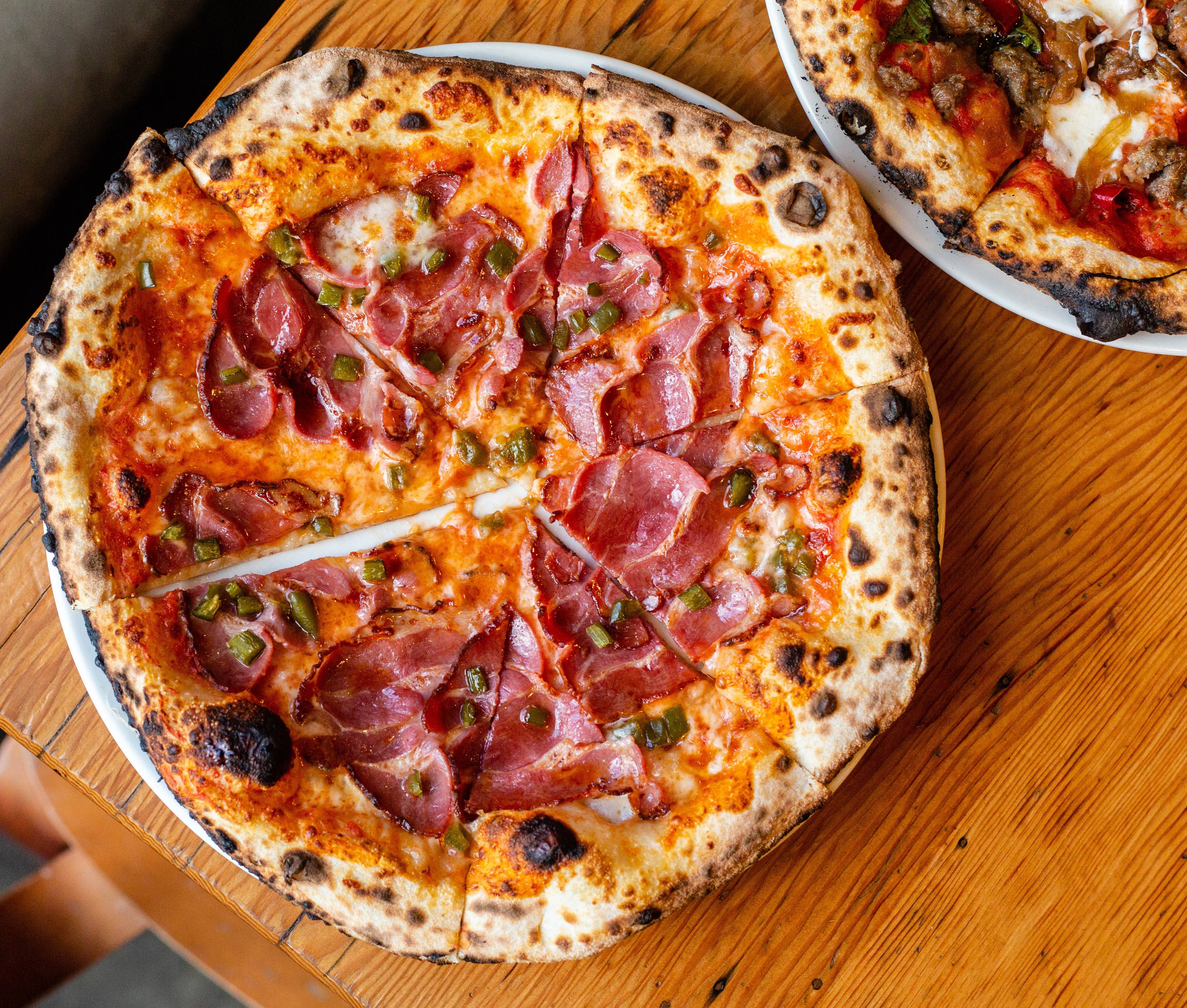Smartphone as a shopping tool
Published 5:00 am Wednesday, April 6, 2011

- Courtesy Newport Avenue Market
My fellow shoppers were giving me as wide a berth as possible in a Safeway aisle.
Even I felt like a loon. Holding a smartphone 6 inches from my lips, my voice had risen from reasonable to that teetering-on-timeout tone reserved for children. “Annie’s … Asian … dressing!”
Fourth try, and nothing. I couldn’t bully this phone into telling me where to buy salad dressing.
My grocery store frustration was part of a quest last week to test smartphone shopping applications that promise to reveal the best deals in town. Just use the phone’s camera to scan a product’s bar code or speak into the phone, and the apps, their websites say, work their comparison-shopping magic.
It feels strange, but expect to see people waving smartphones around in stores more and more. Even now, said Matt Geiss, general manager of Best Buy in Bend, it’s an everyday occurrence.
“I don’t see anything wrong with it,” Geiss said. “In fact, if someone scans a TV, I’ll ask him, ‘How much is it at the other stores?’”
My initial thought on such apps was, “Sure, they work in a big metro area. But how useful are they here in Central Oregon?”
So I set out on my own little survey with three different smartphones, each downloaded with four free shopping apps: Google Shopper, Scandit, ShopSavvy and TheFind. I planned to go to several different stores and try the programs on different types of products.
While I experienced a few strikeouts, I also logged enough hits to recommend that anyone shopping for certain types of merchandise give it a try.
My first stop was Target, where I settled on the Keurig Mini Plus single-serve coffee machine, priced at $99.99. The Mini Plus, no doubt, is found in stores all over Central Oregon.
The first challenge of using shopping apps is getting at the bar code. To find the Keurig’s code, I got on my knees, dragged a box out from deep on the bottom shelf and flipped it up. Some stores have plastic signs in front of goods with a strip that looks like a bar code, but they don’t work. You need to find it on the actual box.
For all the apps, it’s as if you’re taking a picture of the bar code. Either a screen pops up with a frame or, in the case of Google Shopper, a line trolls the screen. You then fit the bar code into the frame and the apps lock on it.
All the apps’ websites say the light must be bright enough to get a lock. If your smartphone has a camera flash you can try it to help.
The apps will then recognize the product to make sure it’s finding the right item. Next comes the information designed to make you a better consumer: results for prices on the Web and at local stores, as well as links to product reviews.
It’s worth playing with shopping apps at home before taking them on the road. You don’t need to be in a store to get them to work, so scan the bar code on a household product ahead of time to figure out how they function.
You may need to register, as with TheFind. It’s nice to get that out of the way.
Turn on the smartphone’s GPS function when shopping, as well. It may drain the battery faster, but is essential to get the best results.
Now that I had my Keurig box ready, adequate light and three bars of reception, I was ready to scan.
It felt odd, skulking around a store with a smartphone. A few clerks stopped at the head of the aisle in Target to ask if I was finding everything, but none seemed fazed that I was obviously checking out whether I could get a better deal at other stores.
Each app provided a plethora of Web links on all the products scanned, except for a three-pack of Hanes men’s T-shirts at Fred Meyer in Bend. To make sure Fred Meyer itself wasn’t the problem, I scanned the Apples to Apples Party Box at $22.99 in the store and received both Web and local results.
Major retailers
Sometimes, I later learned, stores have their own bar codes that don’t bring up results for shopping apps. The Hanes package had a sticker on the back for its bar code.
Scandit provided Web results, including for major retailers in our area, but nothing local throughout my shopping trips. A Scandit spokesman said the app provides the most results on the local level for big box stores and will be adding more to its database as time goes on.
Google Shopper usually scanned items the quickest. Yet it typically returned fewer local results than TheFind or ShopSavvy. For the Keurig coffee machine, for example, it offered only Best Buy and Lowe’s in Bend and Redmond.
Google Shopper was also the only app I tried with voice recognition. It worked fine at times, easily finding Apples to Apples at Fred Meyer.
But there was the Annie’s salad dressing incident. And the complex-sounding brand Keurig returned “Quail Egg Mini Plus.”
Google was contacted about the app but didn’t comment.
TheFind brought back more local results. For the Keurig machine, for instance, it listed six local options, including one at Sears for $10 less than the Target price.
Then I tried ShopSavvy. The app consistently returned the most local results. ShopSavvy also didn’t respond to an inquiry for comment.
Ten local options popped up when I tried ShopSavvy for the Keurig coffee machine, including one listing it at $20 cheaper at Ace Hardware in Bend than at Target. For that, I would drive across town.
So I did. And that’s when I learned more about how to best use shopping apps.
The apps’ local results include handy information like the address of the other store, the distance to that destination, a map showing how to get there and the phone number.
But very rarely will they tell you if the item is in stock.
Calling ahead pays
I learned — by traveling to Ace Hardware — that calling ahead of time is best. The store carries numerous drip coffee machines but no single-serve machines, let alone the model I found on a smartphone.
Usher Lieberman, communications director for TheFind, said some stores don’t make their typical inventory available to add to databases for shopping apps, let alone their actual inventory at that moment. Shopping apps like TheFind instead use their data to return results that, for instance, there is an Ace Hardware nearby and Ace typically offers the Keurig Mini Plus for $79.99. Thus, it’s worth calling Ace to see whether it’s available.
“And that’s what we’re trying to do, is let you know it might be available down the street and to call,” he said.
At least in Central Oregon, drop the expectation as well that you’re going to find results for every store in town that carries the product. I found the Keurig Mini Plus at Fred Meyer last week, but it never came up on my app results. And I only got returns for nationally known chain names.
Another tip for local results is to consider using the information to negotiate a price.
ShopSavvy, for instance, has a link with results that will tell you about a store’s price-matching policy. One retailer said he will match the price if a customer shows him local results on a smartphone, although he will not match Web prices.
Big-ticket utility
In my limited experience, the strength of shopping apps isn’t in the little stuff. Scanning a bag of Planters trail mix at Best Buy brought back results from Walmart in Bend and Walgreens in Redmond, but frankly I’d rather pay the extra dollar if I’m that hungry.
But shopping apps can be very useful in shopping for bigger-ticket merchandise, particularly appliances and electronics.
Geiss, general manager of Bend’s Best Buy, noted he often sees shoppers scanning electronics and then reading the online reviews. It’s an easy way if you’re impressed by merchandise in person to stop right there and do some online research.
The apps also remember what you scanned, so you can do more research later. Some even let you load product information you find online beforehand.
Lieberman said while shopping apps make some retailers nervous, others are coming up with ways to try to keep consumers. Down the line, he said, when you scan a DVD player, expect to see offers for a free DVD or free cables included in a purchase.
Geiss last week scanned a 32-inch Samsung television. Results popped up: $499 Best Buy, $529 Sears.
These days, I bet I’m not alone in saying I could use the extra $30.
About the apps
There are myriad smartphone shopping applications out there. We picked four that seemed to have received a lot of press and Web buzz. But it’s worth playing with different apps to see if another works best for you. Here are some of the main functions these apps perform.
Google Shopper
• Scans a bar code to find other Web and local prices
• For merchandise like books or DVDs, scans and identifies cover art to find other Web and local prices
• Does voice search for goods
• Allows you to visit other local stores’ websites, call local stores and see a map for directions
• Shows merchandise reviews
• Saves favorites
• Links to Gmail, Facebook, Twitter and instant messaging
Scandit
• Scans a bar code to find other Web and local prices
• Shows merchandise reviews
• Saves favorites
• Links to e-mail, Facebook and Twitter
ShopSavvy*
• Scans a bar code to find other Web and local prices
• Allows you to visit other local store’s websites, call local stores and see a map for directions
• Shows price-matching policy of a retailer when available
• Shows merchandise reviews
• Saves favorites
• Links to e-mail, Facebook and Twitter
* ShopSavvy also produces ShopSavvy Premium for 99 cents for the iPhone. For our comparison we opted to use only free apps. The majority of the functions between the free and paid apps are the same.
TheFind
• Scans a bar code to find other Web and local prices
• Allows you to visit other stores’ websites
• Saves favorites
• Links to TheFind’s shopping website and Facebook
About the smartphones
We used three different smartphones with three different service providers. We didn’t find evidence that the phone or provider changed the results. As long as we had sufficient cell service and the GPS function was turned on, the apps worked.
* HTC T-Mobile G2 with T-Mobile service
• Samsung Mesmerize Galaxy S with U.S. Cellular service
• Apple iPhone 3GS with AT&T service
A different kind of code
Have you seen a funny, digital-looking box in stores? If not, you will soon.
They are called quick response codes, or QR codes. They are two-dimensional bar codes that can be scanned by a smartphone camera. When scanned, the QR code directs the smartphone to a Web address.
So at Best Buy, for instance, QR codes are now on all the signs in the store. Scanning the code takes you directly to that product on the Best Buy website.






